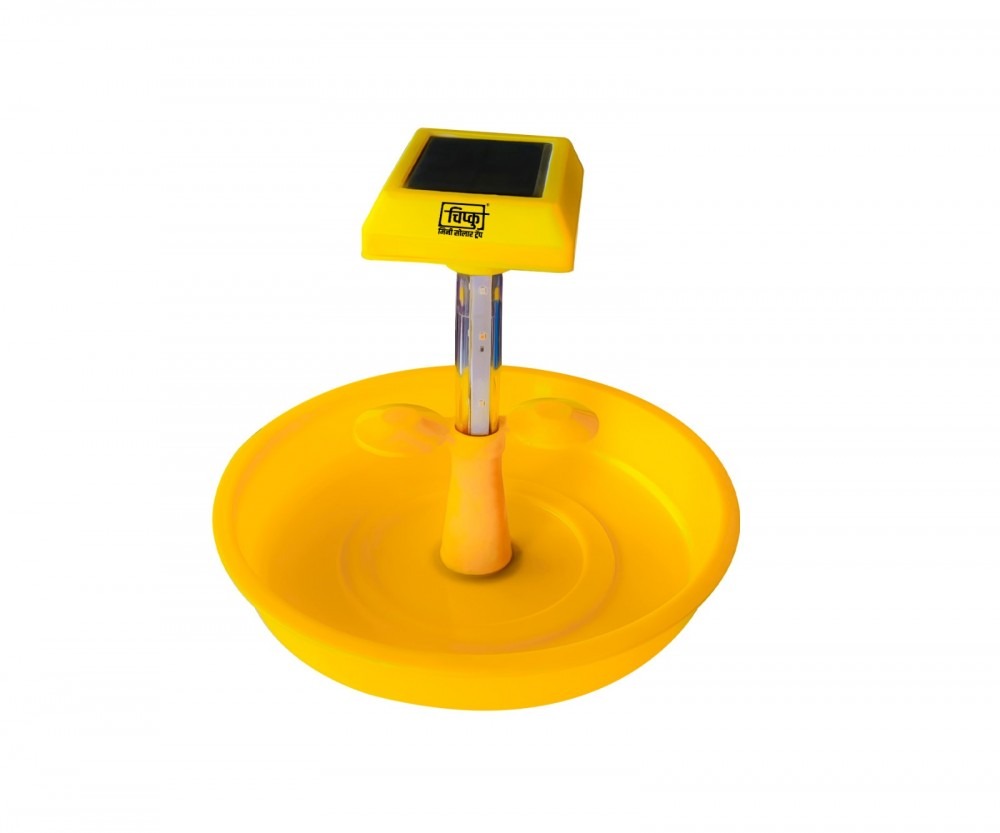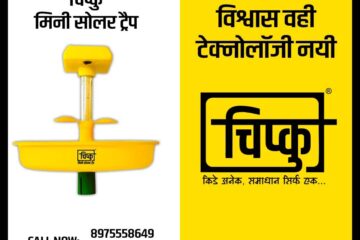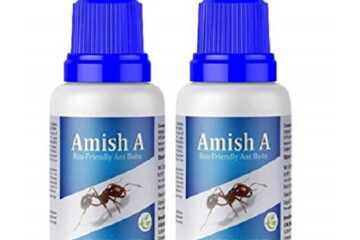
The Role of UV Light in Insect Traps: Is It Really Effective?

Introduction
In the world of insect traps, UV (Ultraviolet) light plays a crucial role. Many modern insect traps incorporate UV light as an integral part of their design. But, the question that often arises is, “Is UV light truly effective in attracting and trapping insects?” In this blog, we will explore the science behind UV light in insect traps and determine its effectiveness in pest control.
The Science of UV Light Attraction
- The Attraction Factor: UV light has a unique allure for insects. Many insects are naturally drawn to UV light because it resembles sunlight, which they use for navigation. For nocturnal insects, UV light can disrupt their natural behaviors, leading them to fly toward the source.
- Insects’ Sensitivity: Insects have a higher sensitivity to UV light compared to humans. They perceive UV light as a more vibrant and enticing source of illumination. This sensitivity is what makes UV light such a powerful tool in insect traps.
- Wavelength Matters: UV light is not just any light; it operates within a specific range of wavelengths. The UV-A wavelength (around 365-400 nanometers) is particularly attractive to a wide variety of insects. Traps often use UV-A fluorescent or LED bulbs to mimic this attractive light.

Effectiveness in Pest Control
- Mosquitoes and Flying Insects: Mosquitoes, moths, flies, and other flying insects are highly responsive to UV light. When an insect trap emits UV light, it effectively lures these pests away from people and food sources. Once attracted, they are either zapped (in electric traps) or trapped in a sticky surface.
- Nighttime Control: UV light is especially effective during the night. It capitalizes on the natural navigation instincts of nocturnal insects, making it a powerful tool for outdoor insect control around homes and gardens.
- Economical and Environmentally Friendly: UV light is energy-efficient and environmentally friendly. It consumes less power than other traditional light sources and doesn’t rely on harmful chemicals or pesticides.
Limitations of UV Light Traps
- Selective Attraction: While UV light attracts a wide range of flying insects, it may not be effective against crawling pests, such as ants and roaches, which rely more on chemical trails and pheromones for navigation.
- Positioning and Placement: The effectiveness of UV light traps depends on their placement. They should be strategically positioned to intercept insects’ natural flight patterns.
- Maintenance: UV bulbs can degrade over time and lose their effectiveness. Regular maintenance, including cleaning and bulb replacement, is essential for optimal performance.
Conclusion
In conclusion, UV light is indeed an effective component of insect traps, especially for flying insects and mosquitoes. Its ability to mimic natural sunlight and insects’ high sensitivity to its wavelengths make it a valuable tool in pest control. However, it’s important to consider the specific types of pests you’re dealing with and the placement of your traps to maximize their effectiveness. When used correctly, UV light traps can be an eco-friendly and efficient way to keep your living spaces bug-free.
to buy :- https://www.tpncorganic.com/product_details_84
home page:-https://jaivikkhetimission.com/



